API Screens
All Hebei Bo Star replacement shaker screens are produced according to API RP 13C standard.
API screens means the shaker screen conform to API RP13C and tested by reliable third party or laboratory. The standard and executive code are international approved ones. We ever talked about API shaker screens many time but some users are still confused on some issues. Please find following text as reference.
API Screens Test
All of API screen holding a greatest same feature, they have same cut point under D100 (according to API RP13C). So the cut point /separation point, or the API number is the basic test. Others are the conductance and non-blanked area.
API Number
The API Screen number is determined using a specific test procedure (as set out in API RP 13C). The test uses a specifically graded sample of Aluminum Oxide which is passed through a stack of sieves – including the test sieve – and mounted on a Tyler Ro-Tap®. The method determines the D100 cut point of the test screen and relates it to the D100 of an ‘equivalent’ standard ASTM test sieve.
Screen Conductance
Conductance, measured in kilodarcies per millimeter (KD/mm), defines a Newtonian fluid’s ability to flow through a unit area of screen in a laminar flow regime under prescribed test conditions. All other factors being equal the screen with the higher conductance number should process more flow.
Non-Blanked Area
The non-blanked area of a screen describes the net unblocked area in square feet (ft2) or square meters (m2) available to permit the passage of fluid.
So we can find, the conductance or NBA is not determined or indicated in API RP13C standard. Different manufacturers will definitely have different valued screen.
API Screens Feature
RP13C states that this test describes the openings of the screen and does not predict the performance of the screen in the field. However, if all other variables are equal, a screen with a higher API Screen Number (smaller holes) should remove more and finer solids.
By using the new API Screen Number, confusion among screen types is reduced and comparison between screen types can made fairer. Some screens which may previously have been named “200 mesh” may now have an API Screen Number of only 100 to 140. However, all screens which are tested according to RP13C and have the same API Screen Number will remove solids of a similar size.





